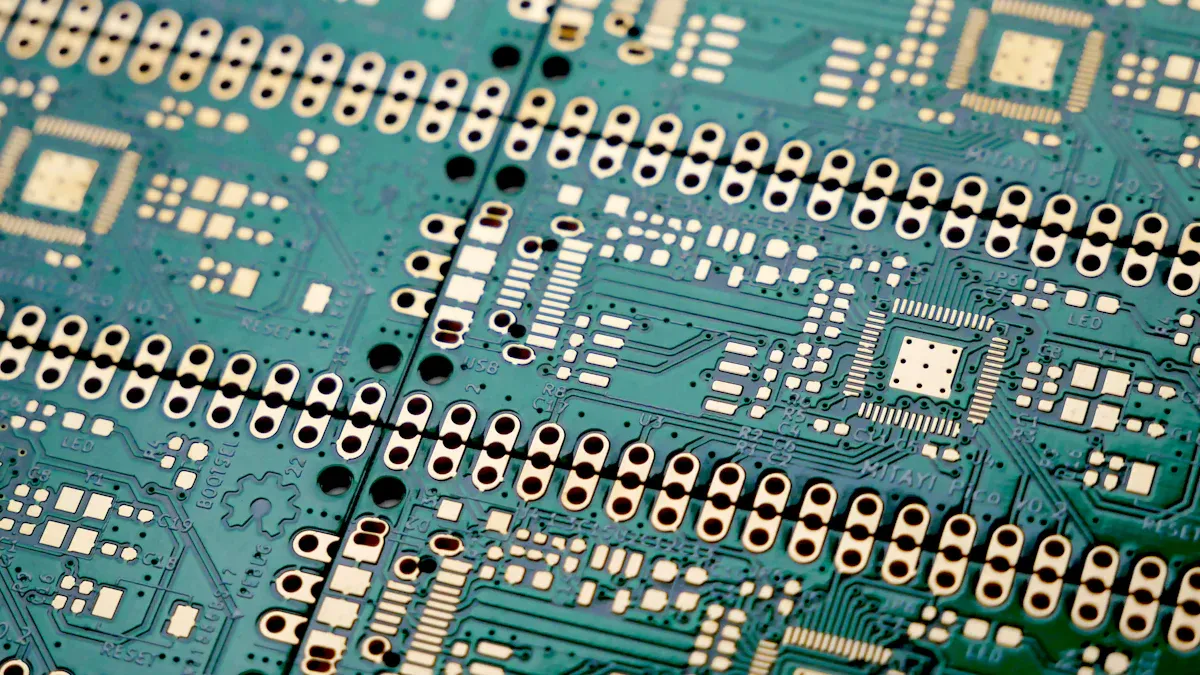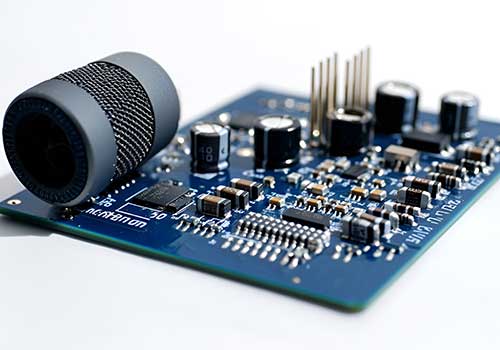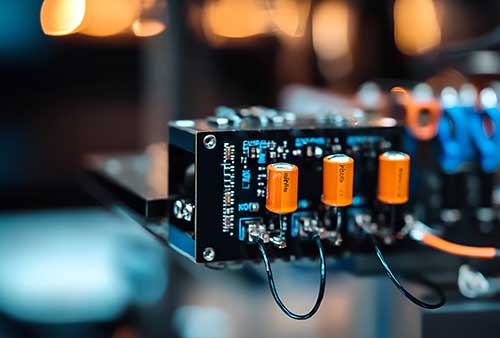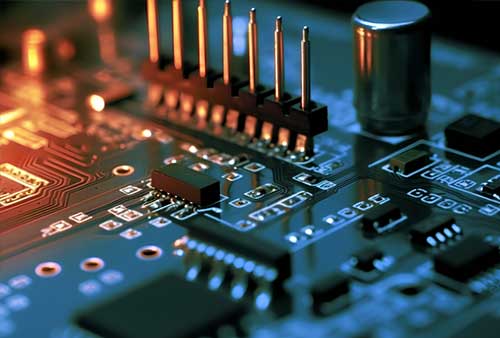Digital Integrated Circuits and how they power computing and modern electronics
Manufacturing and Evolution

IC Fabrication
Engineers make digital integrated circuits by following many steps. They begin with a thin piece of silicon called a wafer. This wafer is the base for the chip. First, experts design and plan how the circuit will look. Then, they use photolithography to put a special coating called photoresist on the wafer. Ultraviolet light shines through a mask to make patterns on the wafer. After that, etching removes parts they do not need. Next, doping adds things like boron or phosphorus to change how the silicon works. Thin film deposition puts layers of metals and insulators on the chip. Metallization makes tiny wires that link the chip’s parts. At the end, each chip is tested and packed to keep it safe and working.
Main materials used include:
-
Silicon wafers for the base
-
Photoresist for patterning
-
Silicon dioxide for insulation
-
Metals like aluminum and copper for connections
Miniaturization
Miniaturization means making chip parts smaller and putting more together. Over time, engineers have made transistors much tinier. Transistors are the main parts inside chips. Smaller transistors let more fit on one chip. This makes chips faster and saves energy. Because of this, smartphones and computers are now much stronger.
Packaging has also gotten better. For example:
|
Packaging Technology |
Key Features |
Impact on Density and Performance |
|---|---|---|
|
PQFP |
Leads on four sides, reduced spacing |
More connections, but reached limits |
|
BGA |
Pins under the chip, supports layers |
Higher pin counts, smaller size |
|
CSP |
Tiny solder balls, thin package |
Fits more pins, supports miniaturization |
These new ways help chips do more in less space.
Moore’s Law
Moore’s Law says the number of transistors on a chip doubles every two years. This has happened for over 50 years. Chips have become faster, smaller, and cheaper. Computers and phones now have more power and use less energy.
Moore’s Law has helped technology change a lot. Devices are smaller and cost less. Engineers have made new ways to build chips to keep up. Now, it is harder as parts get very tiny. Still, Moore’s Law has shaped electronics and gives people new ideas.
Applications and Impact
Consumer Electronics
Digital Integrated Circuits are very important in many gadgets. These chips help phones, tablets, and computers work well. They let you use apps, save photos, and go online. Microcontrollers run smart home things like lights and cameras. Microprocessors make gaming consoles and computers fast. Memory chips keep data safe in cameras, TVs, and tablets. System-on-Chip (SoC) technology puts many parts on one chip. This makes gadgets smaller and helps them use less power.
-
Microcontrollers: Used in smart home devices and appliances
-
Microprocessors: Found in smartphones, computers, and gaming consoles
-
Memory ICs: Store data in cameras, TVs, and tablets
-
SoCs: Power smartphones and embedded devices
Many gadgets need these chips for speed, storage, and sharing data.
Industry and Automation
Factories use Digital Integrated Circuits to control machines. These chips help automate jobs and make work safer. Programmable Logic Controllers (PLCs) use them to manage sensors. Programmable Automation Controllers (PACs) run hard programs and link systems. Remote Terminal Units (RTUs) gather data and send out commands. Intelligent Electronic Devices (IEDs) use microprocessors for power and talking to other devices. These circuits help factories work in real time and be more flexible.
|
Device Type |
Role in Automation |
|---|---|
|
PLC |
Controls machines and sensors |
|
PAC |
Runs complex programs and connects systems |
|
RTU |
Collects data and sends commands remotely |
|
IED |
Manages power systems and communication |
System-on-Chip
System-on-Chip (SoC) technology puts many things on one chip. It has processors, memory, and input/output parts together. This makes gadgets smaller and cheaper to make. SoCs use less power, so batteries last longer. They let devices get to memory faster and do many jobs at once. SoCs help new products get made quickly. They can be changed for different uses. Some new SoCs even have AI and machine learning. This helps gadgets get smarter and do more.
-
Smaller size and lower cost
-
Lower power use and longer battery life
-
Faster performance and more functions
-
Easier and faster product development
-
Support for AI and smart features


